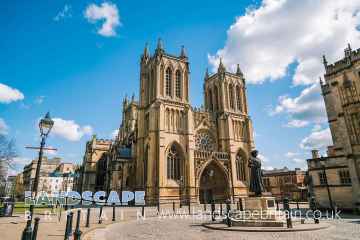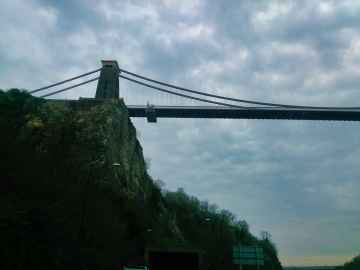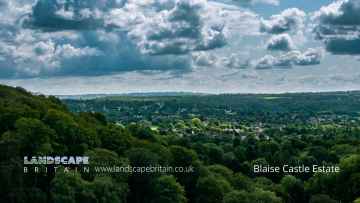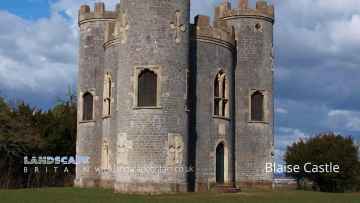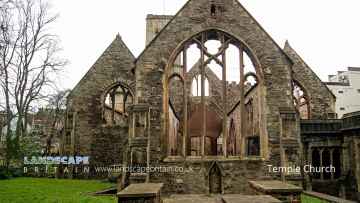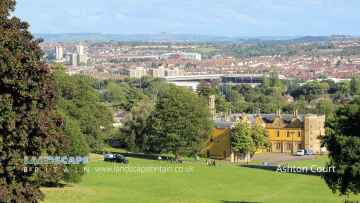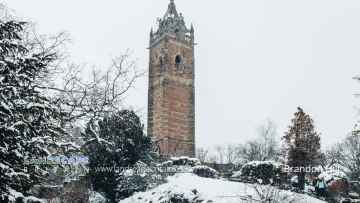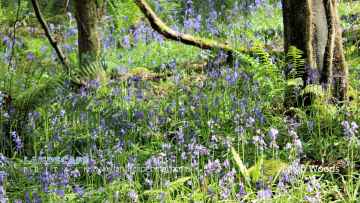St Pauls, Bristol
St Pauls, Bristol is a Village in the county of Bristol.
There are great places to visit near St Pauls, Bristol including some great cities, historic buildings, country parks, castles, shopping centres, ruins, parks, hills, woodlands and bluebell woods.
There are a number of cities near to St Pauls, Bristol including City of Bristol.
St Pauls, Bristol has some unmissable historic buildings nearby like Clifton Suspension Bridge, Bristol Cathedral, Blaise Castle, Victoria Rooms, Temple Church - Bristol, Clifton Observatory, and Ashton Court.
St Pauls, Bristol has some unmissable country parks nearby like Blaise Castle Estate, Ashton Court, and Leigh Woods.
The area around St Pauls, Bristol's best castles can be found at Blaise Castle.
Shopping Centres to visit near St Pauls, Bristol include Cabot Circus, and The Mall at Cribbs Causeway.
The area close to St Pauls, Bristol boasts some of the best ruins including Temple Church - Bristol.
There are a several good parks in the St Pauls, Bristol area like Ashton Court, Brandon Hill, and Leigh Woods.
Brandon Hill is a great place to visit close to St Pauls, Bristol if you like hills.
Leigh Woods is one of St Pauls, Bristol's best, nearby woodlands to visit in St Pauls, Bristol.
The area close to St Pauls, Bristol boasts some of the best bluebell woods including Leigh Woods.
Places to see near St Pauls, Bristol
History of St Pauls, Bristol
A riot followed a police raid on the Black and White Café in St Pauls on 2 April 1980. The St Pauls riot started when the police entered the Black and White Café, knowing that the premises was being used for drug dealing. A customer had his trousers ripped and demanded compensation, which the police refused. A crowd outside then refused to allow the police to leave, and when back up was called a riot started. The riots were quickly blamed on race, but both white and black youths from both Irish and Jamaican backgrounds and some English fought against the police and the problems are thought to have been linked instead to poverty and perceived social injustices, predominantly the Sus law and anti Irish feelings from IRA activity on the main land.








